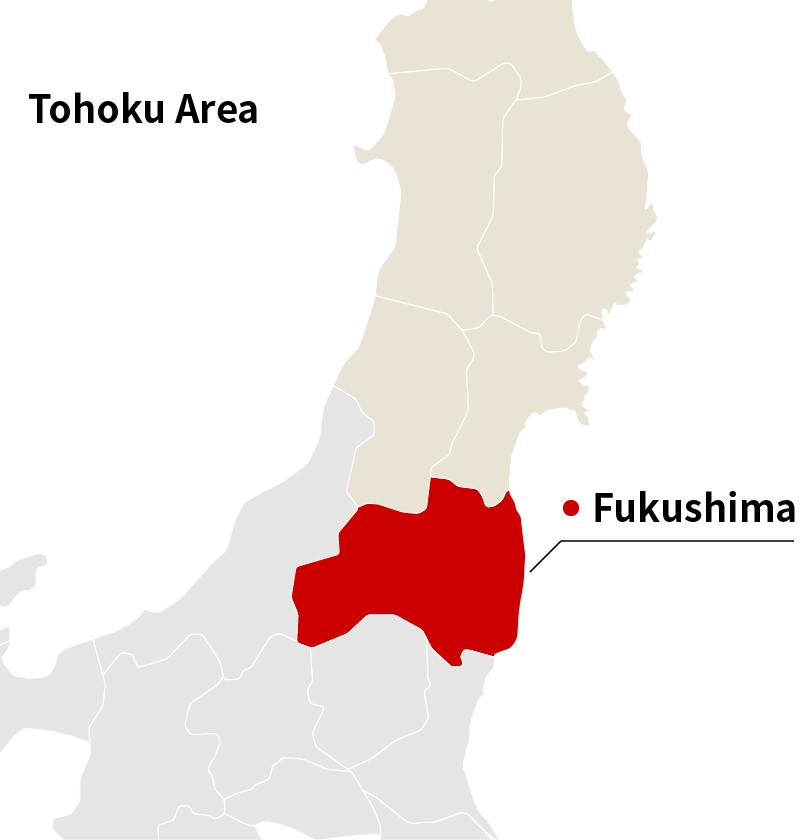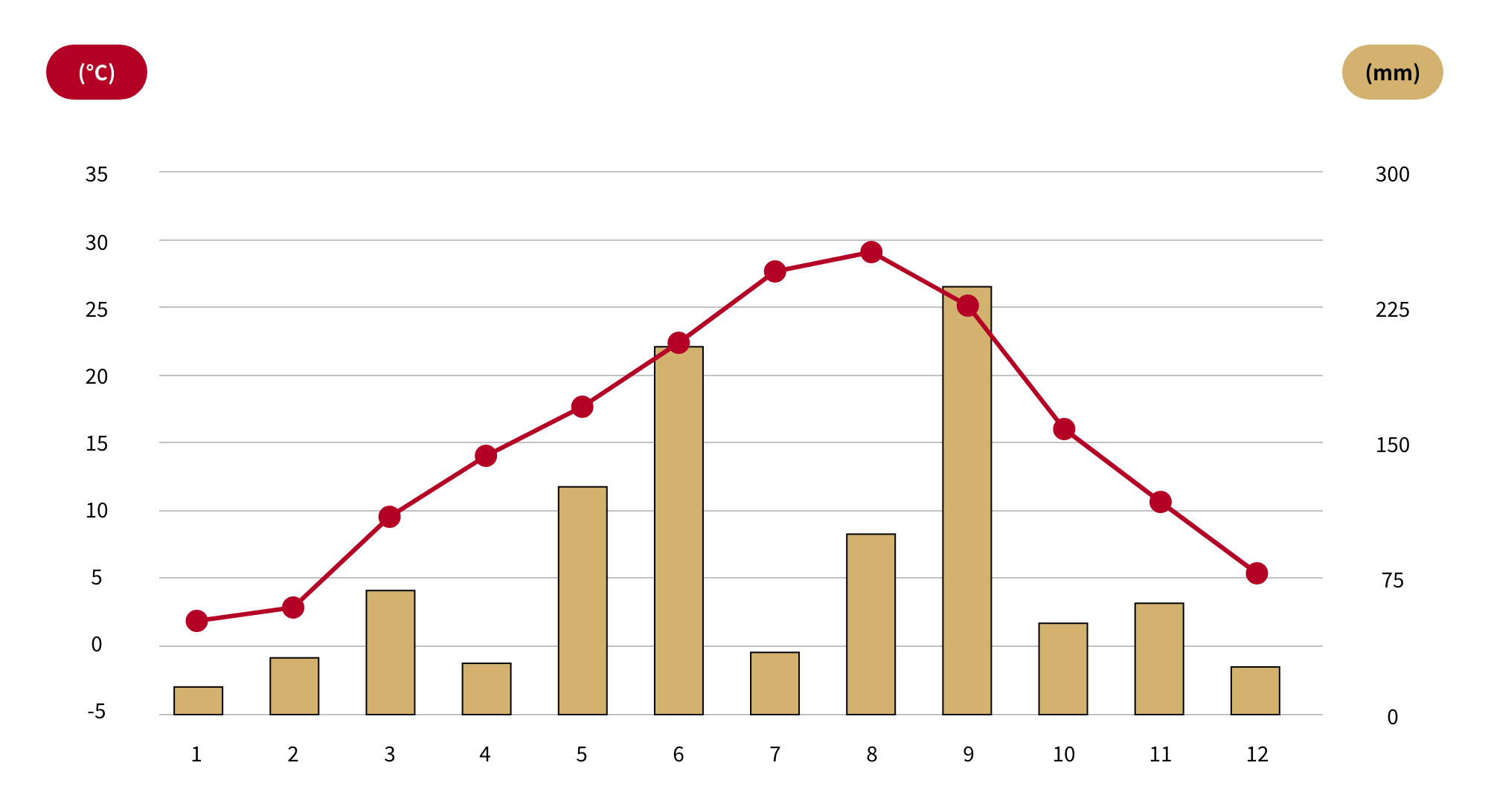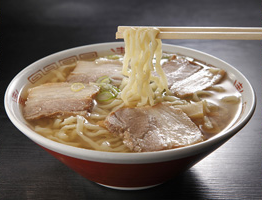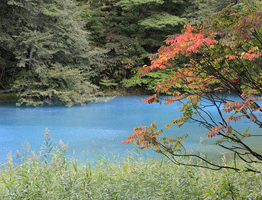Reasons to Choose Japan
Life in Japan by Specific Areas
Fukushima
Summary
Fukushima Prefecture boasts the third largest area in Japan. It is a prefecture with magnificent nature and delicious food, where warm people live; and, it is divided into three unique regions. "Aizu region" where you can see abundant nature and many historic sites related to the Aizu warrior. "Nakadori" where full of beautiful flowers and fresh fruits. "Hama-dori"is facing the Pacific Ocean, overlooking the magnificent landscape. Each region has its own charms with different climates, cultures and weather, which surprises and impresses visitors.
 *This map does not include topographical features and island areas and does not cover the entire area of Japan.
*This map does not include topographical features and island areas and does not cover the entire area of Japan.
Access
- If arriving by Shinkansen or train
-
The other Shinkansen station in the prefecture is Koriyama Station.
From Tokyo
Tokyo Station
1 hour 31 minutesFukushima Station
Famous places / spots recommended by locals

Soma Nomaoi wild festival
"Soma Nomaoi", which is held every July in Soma City, Fukushima Prefecture, has a history of more than 1000 years. Let's experience the Warring States period when more than 500 horse-riding warriors wear armor helmets and run through!

Hot springs
Fukushima Prefecture has more than 130 hot springs, and each region has its own unique hot spring town. Why not taking a trip around the hot springs in Fukushima, regardless if it is a stay or a day trip bath?
Foods recommended by locals
-

Negi-soba
Ouchi-juku is a post station that has the remnants of the Edo period in Shimogo Town, Fukushima Prefecture. The specialty of the onion soba is that it uses a single green onion instead of chopsticks. Please try and see if you can eat skillfully!
-

Fruits
In Fukushima, you can enjoy seasonal fresh fruits such as cherries in early summer, peaches in midsummer, pears and grapes in autumn, and apples with honey in early winter, taking advantage of the weather and climate peculiar to the basin. Enjoy fruit picking all year round.
Climate (temperature / precipitation)
Summers in the Nakadori region of Fukushima Prefecture are not so hot in the mountains, but can get very hot and humid in the valleys. The winters are characterized by cold winds and snowfall. The climate in the Aizu region is characteristic of the Sea of Japan, with summers that are nice and cool in the mountains, but hot and humid in the valleys. There is high snowfall in the winter, and temperatures can get very low. The Hamadori region has a maritime climate, with cool breezes from the ocean in the summer and mild winters, with only a few days of snowfall per year.
Monthly temperature/precipitation

(Source: Japan Meteorological Agency)
Cost of living
-
Rent
41,103 yen
-
Electricity, gas, and water costs
10,840 yen
-
Ramen
(Eating out)640 yen
-
White bread (1 kg)
544 yen
-
Milk (1ℓ)
295 yen
*Source
- Rent
“Housing and Land Survey: 2023,” Portal Site of Official Statistics of Japan
Average rent per month (excluding free rent) for privately rented apartments/houses (exclusively residential dwelling) with a total floor area of 29m2 or less in each prefectural capital - Electricity, gas, and water costs
“Family Income and Expenditure Survey: 2023,” Portal Site of Official Statistics of Japan
Per capita expenditure calculated as the monthly average of total annual expenditures on utilities (electricity, gas, and water) per household in each prefectural capital, divided by the average number of members in each household - Eating out (Ramen) / White bread (1kg) / Milk (1ℓ)
“Retail Price Survey (Trend Survey): August 2024,” Portal Site of Official Statistics of Japan
Related links
Number of international students by country
Nepal
China
Myanmar
Total number of international students in Japan: 279,274
Total number of international students in Fukushima Prefecture: 1,009
Based on 2023 “Annual Survey of International Students in Japan”
List of universities in each area
If an area has nine schools or less with information published in the “School & Program search” section of the website, the names of the schools are listed in no particular order. If there are 10 or more schools, those schools will not be posted on this page. Click the “Go to School & Program search” button and use the search function to see a list of the schools.











